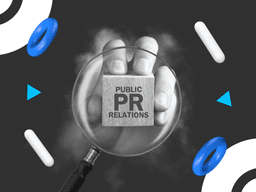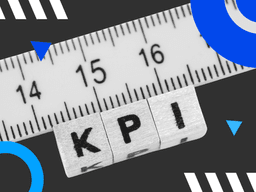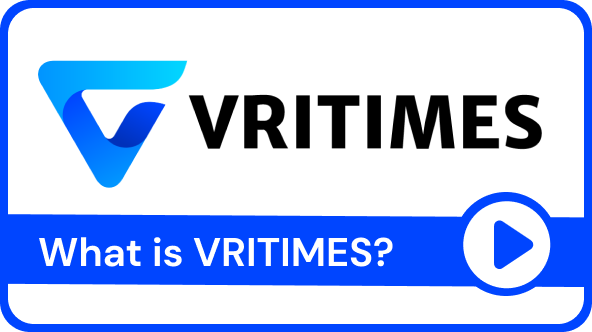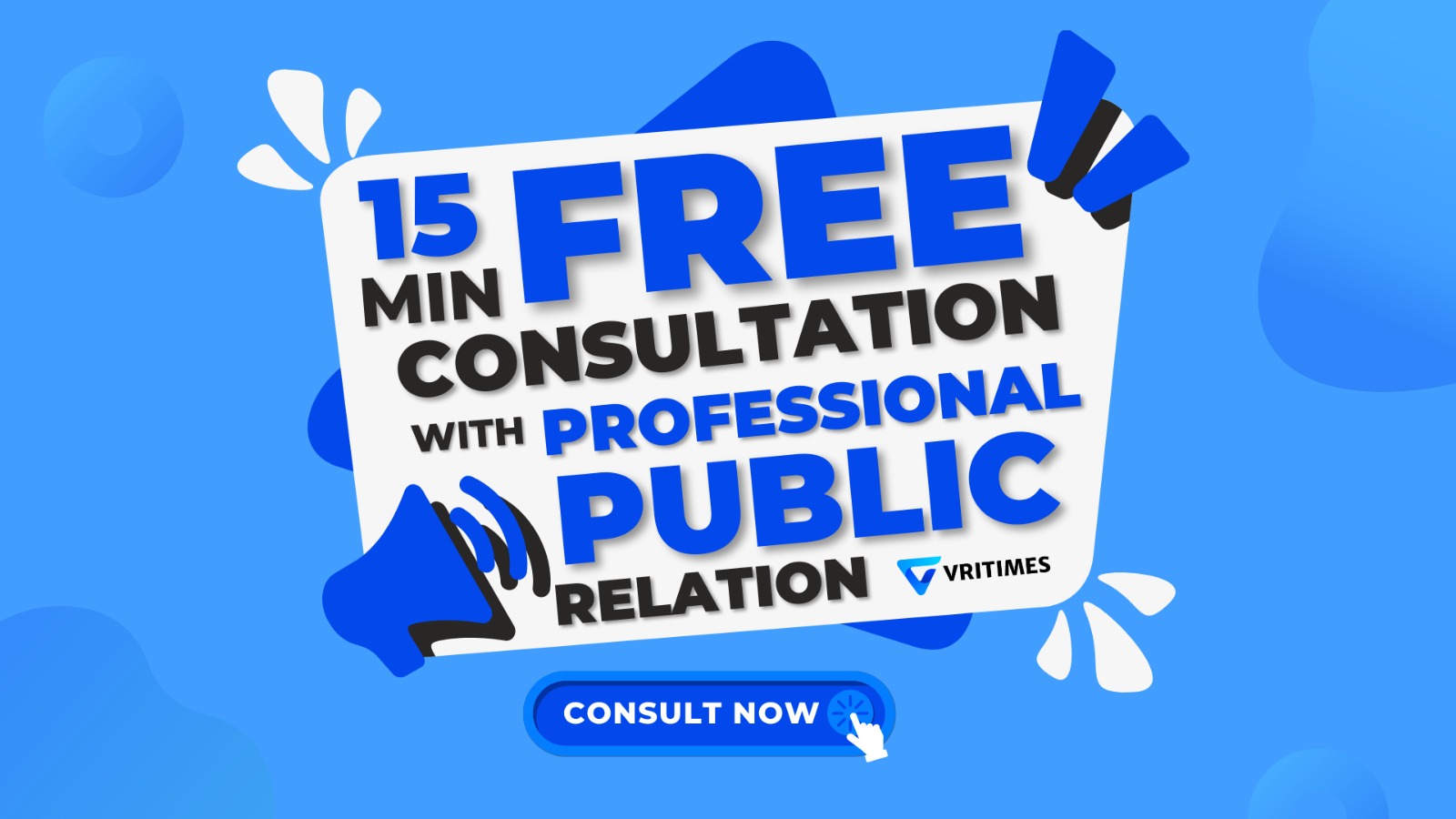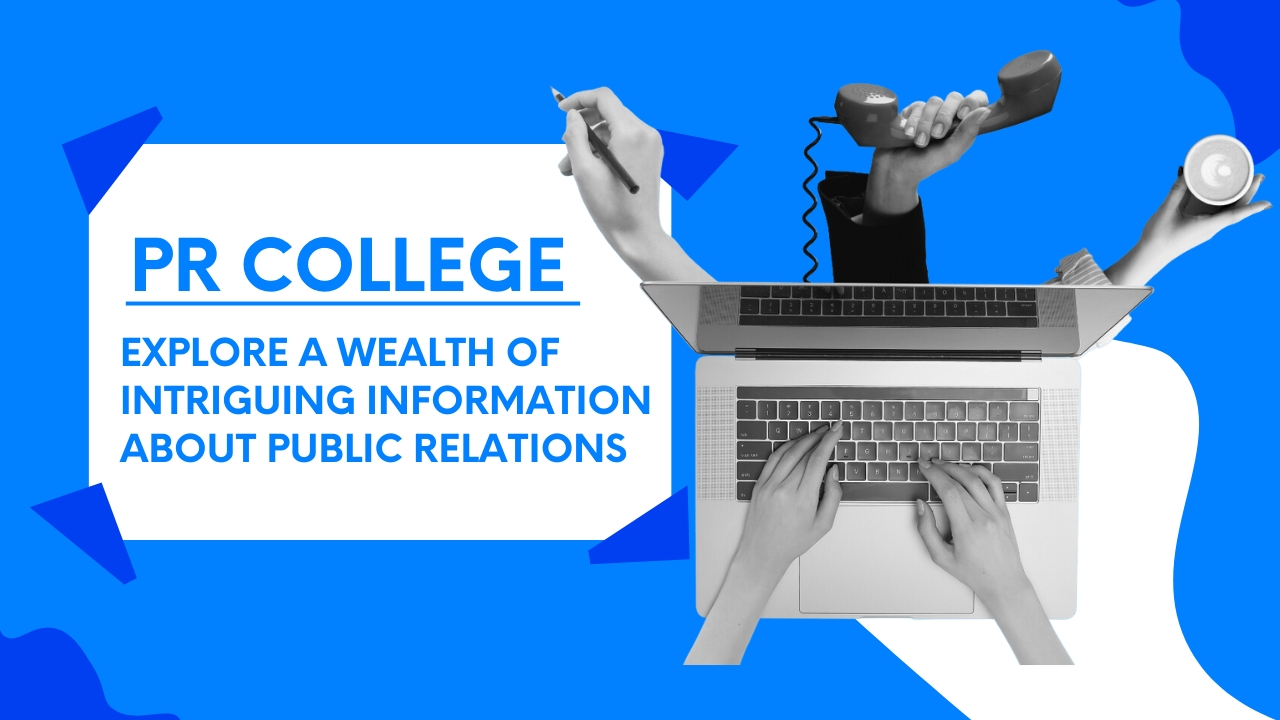/ What is A Press Release and How to Publish It?
What is A Press Release and How to Publish It?

A press release is an important element in public relations. This can spread important information about a company, a group, or a person to a wider audience.
Whether it is for a person, a group, or a company, press releases can strengthen awareness and build a good image. Therefore, it must be written and published properly.
What is A Press Release?
A press release is a form of publication that can be used to spread the newsworthy information of a company or a person. This is usually written by the public relations (PR) team and distributed to some journalists or media outlets.
A company gets a press release published when this event occurs:
- New product or service launch;
- Before and/or after a PR event, including a charity event;
- Award-winning;
- Strategic changes;
- New partnership or merger;
- Rebranding;
- New hire for strategic position;
- Crisis (to counteract it).
A group or person may also publish a press release about their achievements. With rapid technological improvement, a press release now can be published not only on the media site but also on social media as a picture. Therefore, a press release must be written with a proper length (300-500 words).
To be more eye-catching, add visuals to your release, whether it is a photo or video. But ensure to insert clear and meaningful visuals to support your release. Besides that, you can also insert statistics to support your claims.
To get the audience to read your whole release, craft a compelling headline and answer 5Ws (what, who, where, when, and why) in the first paragraph, put more details in the next paragraphs (and answer 1H: how), and add a clear call-to-action (CTA) in the last paragraph.
How to Publish A Press Release?
Publishing a press release will get you or your company more media coverage and eventually get the audience to take the desired action. So how to publish a press release?
Firstly, make sure that the release has been written properly by following this structure:
1. Dateline (planned date to publish the release);
2. Company details (name, logo, address, and contact information);
3. Headline;
4. Lead;
5. Body paragraph, including quote and statistics;
6. CTA in the last paragraph;
7.Boilerplate (like ‘About Us’).
Secondly, proofread the release to make sure it is well-written. Find and remove any typos and unnecessary sentences to make it look more professional. The proofreading is ideally done by a different person, not the writer, as they might have been exhausted after writing the release and cannot get focused on proofreading it.
Thirdly, after writing and proofreading, it is time to publish the release. You can send it to media outlets or journalists’ emails on weekdays and working hours. However, it may not go well if you do not have any journalist acquaintance yet.
To ensure your release is published properly and at the right time, you can do another alternative, which is sending your release to a press release distribution service, such as Vritimes.
Examples of A Good Press Release
[Insert a press release that has been published and distributed by Vritimes]
After sending your release to Vritimes, select your target audience. Vritimes then will edit it accordingly and distribute it to media outlets that match your topic. After that, you will get a publication report and can monitor the results.

















